The Festival of Colors, Holi, is a joyous occasion that celebrates the arrival of spring and the triumph of good over evil. Learn about its history, traditions, and significance in this article. Join in the colorful celebrations and experience the spirit of love, unity, and renewal.
Holi is one of the most vibrant and exciting festivals celebrated in India and around the world. This joyous occasion marks the arrival of spring and the victory of good over evil. The festival is celebrated on the full moon day in the Hindu month of Phalguna, which falls between February and March. It is a time for meeting others, playing with colors, and enjoying delicious food. The festival is celebrated on the evening of March 7, 2023 and the day of March 8, 2023. Holika Dahan takes place the night before on March 7, 2023. To celebrate Holi, people come together to throw colored powder at each other. They also dance to music and enjoy traditional Indian sweets such as gujiya and mathri.
Significance of Holi

Celebrants gather in the streets to dance, enjoy delicious snacks, and throw colored powder. The vibrant colors of Holi represent love and people dance in the streets. Hindu temples welcome foreign tourists to join the fun. Holi is a time for meeting others, forgiving and forgetting, repairing broken relationships, and relaxing social codes. It’s a time when celebrants are able to let down traditional barriers and let loose. Holi is also known as the Festival of Love because it celebrates the divine love of Radha Krishna with singing, dancing, and lots of powdered paint. Holi teaches us powerful lessons about life. It reminds us to appreciate our relationships with family members and friends. The celebrations bring us together and pump in the collaborative spirit among all of us. We enjoy all our relationships and revive them during this festival.
History of Holi

The history of Holi dates back to ancient Hindu mythology. Legend has it that the festival originated as a celebration of the divine love between Lord Krishna and Radha. According to the story, Lord Krishna was worried about his dark complexion and wondered why Radha, who was fair-skinned, would ever love him. His mother suggested that he apply colors on Radha’s face to make her look like him. Krishna followed his mother’s advice and applied colors on Radha’s face, thus making her look like him. This act of love and devotion became the basis for the colorful celebration that we know today as Holi.
Another legend associated with Holi is the story of Holika, the sister of demon king Hiranyakashipu. Hiranyakashipu was granted a boon that made him invincible, and he became arrogant and abusive towards the gods and his own son, Prahlad, who was a devotee of Lord Vishnu. Holika was tasked with killing Prahlad by taking him into a fire, as she was immune to flames. However, Lord Vishnu protected Prahlad and Holika was burned to ashes. This event is commemorated during Holi with the burning of Holika effigies on the night before the festival, known as Holika Dahan.
Holi Celebrations around India
The festival of Holi is celebrated with great enthusiasm across India and has become popular around the world. People of all ages come together to celebrate this joyous occasion by throwing colored powder and water at each other, dancing to music, and indulging in delicious sweets and savory snacks. The atmosphere is filled with joy and laughter as people forget their differences and come together to celebrate the spirit of love, unity, and renewal.

Apart from the colorful celebrations, there are other traditions associated with Holi. People perform puja, offer prayers, and seek blessings from the divine. They also exchange sweets and gifts with family and friends, and share the joy of the festival with others. Many communities also organize processions, cultural programs, and other events to mark the occasion.
Best Places to visit to experience the Festival of Holi

If you want to take part in the fun, there are many places to visit during Holi. Holi is celebrated in different ways across India, reflecting the country’s rich cultural diversity. In North and Western India, Holi frolic and celebrations begin the morning after the Holika bonfire, with children and young people forming groups armed with dry colors, colored solution and water guns (pichkaris), water balloons filled with colored water, and other creative means to color their targets. In Bihar/Jharkhand, Holi is known as Phaguwa and on the eve of Phalgun Poornima, people light bonfires. In Mathura, Vrindavan and Barsana a traditional celebration includes Matki Phod. In Uttar Pradesh, effigies of Holika are burnt a day before Holi, while in Braj and in Barsana people indulge in ‘Lath Maar’ Holi where women have fun beating men with sticks! In Bengal, Holi is called Dol Yatra or the swing festival where traditionally idols of Krishna and Radha are placed on swings and devotees take turns to swing them. Women dance around the swing and sing devotional songs as men spray coloured water on them. People in East India also have their own unique ways of celebrating every festival.
Celebrations around the World

Holi celebrations in different countries are influenced by local customs and traditions, but the core spirit of the festival remains the same – the celebration of love, unity, and renewal. In Nepal, for example, Holi is celebrated over several days and is known as the “Festival of Water” or “Phagu Purnima.” The first day of the festival is called “Chhoti Holi,” and people gather to light bonfires and offer prayers. The second day, called “Rangwali Holi,” is when people throw colored water and powder at each other, dance, and enjoy festive foods.
In Sri Lanka, Holi is known as “Pongal” or “Thai Pongal,” and is celebrated by the Tamil community. The festival marks the harvest season and is a time to thank the gods for their blessings. Celebrations include the preparation of special dishes, offering prayers, and exchanging gifts with family and friends.
In Pakistan, Holi is celebrated by the Hindu community and is known as “Phagwah.” Celebrations include the throwing of colored powder and water, singing, and dancing. In recent years, the festival has become more inclusive, with people of all religions and backgrounds coming together to celebrate the spirit of love and unity.
In the United States, Holi celebrations have become increasingly popular in recent years, with events being held in cities like New York, Los Angeles, and San Francisco. These events attract people from all backgrounds and provide an opportunity for them to experience the joy and vibrancy of the festival. Many universities and colleges also organize Holi celebrations, with students coming together to enjoy music, dance, and food.
Similarly, in Canada, Holi celebrations are held in cities like Toronto and Vancouver, where people of different cultures and backgrounds come together to celebrate the festival. The celebrations include traditional Indian music, dance performances, and the throwing of colored powder and water.
In the United Kingdom, Holi is celebrated by the Hindu and Sikh communities, and the festival has gained popularity among the wider population in recent years. Celebrations include the throwing of colored powder, music, dance performances, and the sharing of traditional sweets and snacks.
In conclusion, Holi is a festival that celebrates the triumph of good over evil, love over hatred, and unity over division. It is a time to renew relationships, forgive past mistakes, and move forward with a sense of joy and hope. As we celebrate this colorful and vibrant festival, let us remember the teachings of Lord Krishna and strive to spread love and happiness in our own lives and in the world around us.









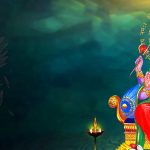

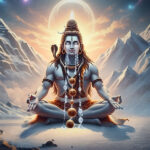
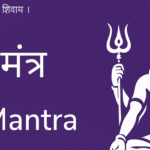
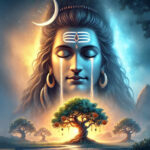
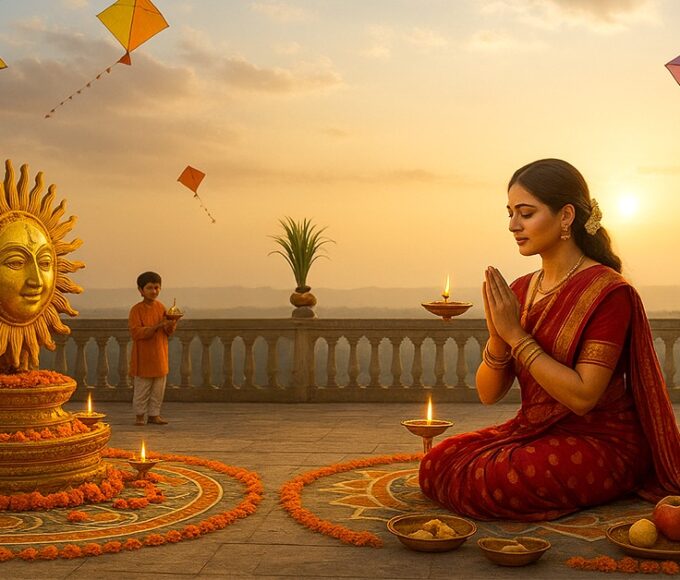
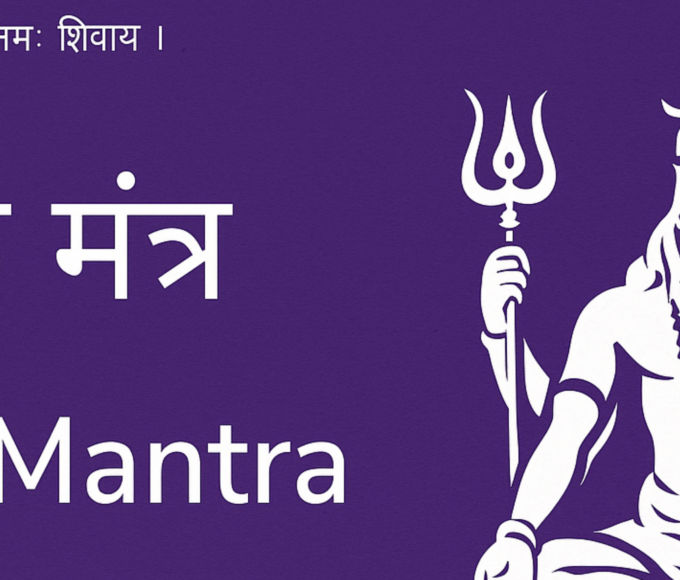
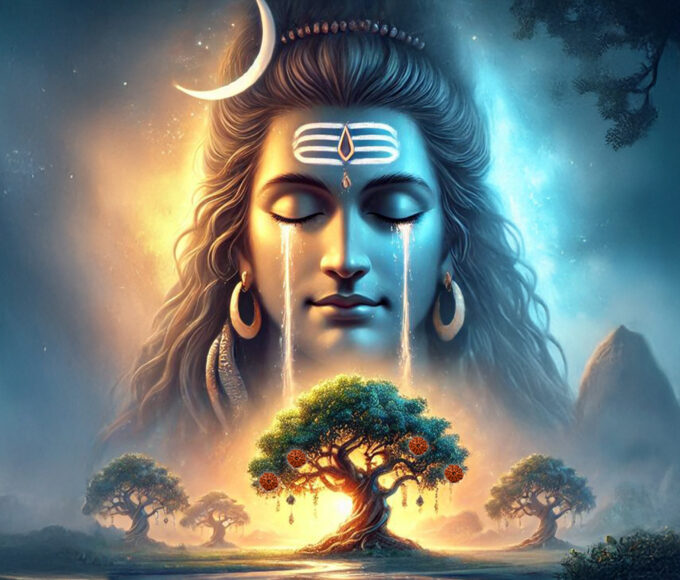
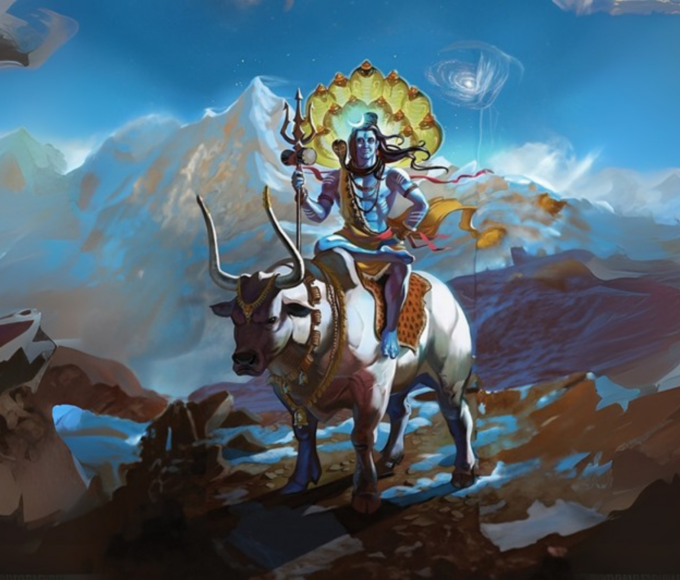
Leave a comment